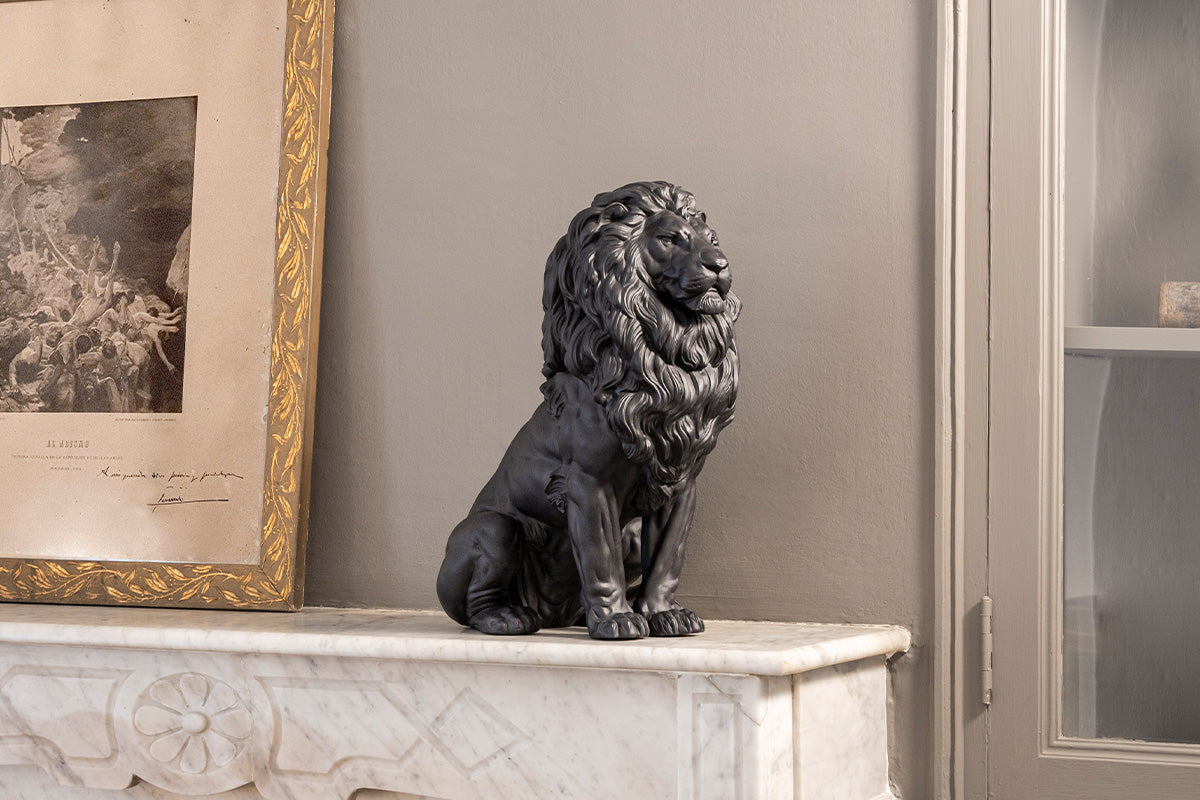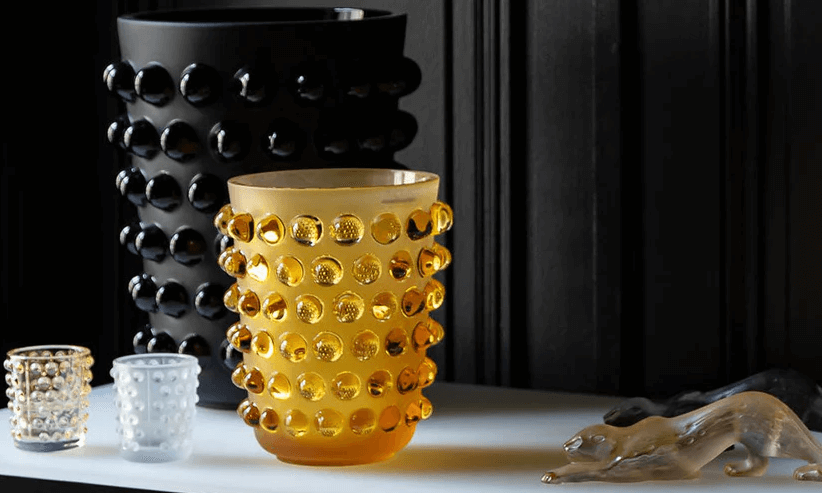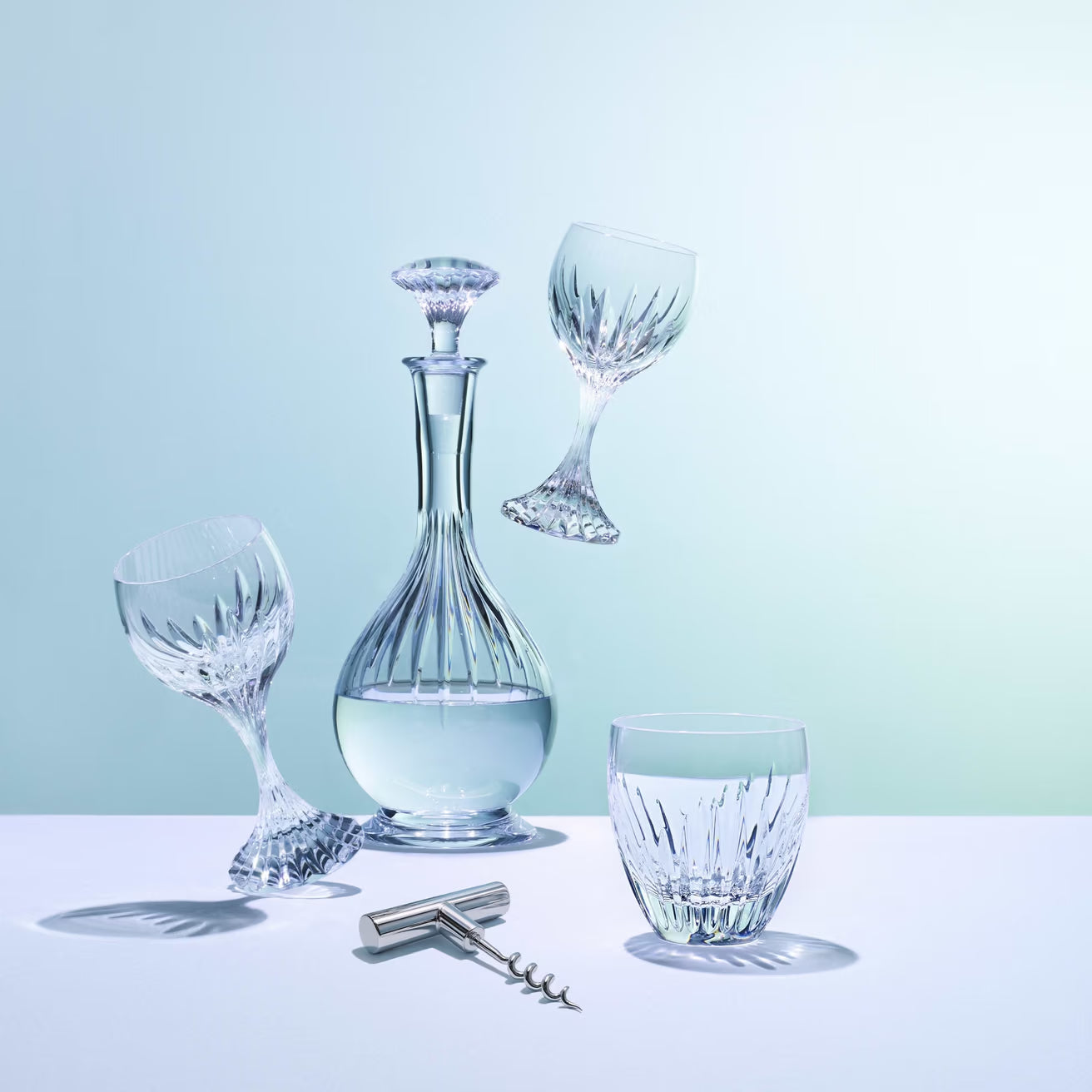Unapologetic Frida Kahlo: The Woman Who Defined Herself
Share

“The two Fridas”, self portrait by Frida Kahlo. Photo via fridakahlo.org.
This self portrait shows Frida’s duality. On the left is the Western, independent, modern dressed Frida. The Frida on the right is dressed in the Tehuana costume, with a wounded heart. Frida uses both art and fashion to express her thoughts, her identity and how she feels at the moment. The stormy skies show the problems and anxiety caused by her short divorce with Diego Rivera. They remarried within the year.
Walking through Casa Azul, Coyoacán in Mexico City, amongst the art Frida Kahlo was known for, and the fashion pieces that made her popular, you can see her inner thoughts, joys and conflicts through the decorations on her house-turned-museum. It is interesting how you can get a sense of what is important to her, without much explanation or elaboration, it’s clear as day although you haven’t read the card on the wall which describe the same impression you get from look at her childhood home, probably in a more eloquent manner.
Its this same feeling you get when you look at one of Frida Kahlo’s art pieces. You see a story, woven in with symbolisms and expressions, some of which are clearer than others. But to understand these more intimately, you’ll need to know her story.
Frida Kahlo’s Life
Born Magdalena Carmen Frieda Kahlo y Calderón on the 6th July 1907 in Mexico, Frida Kahlo was a brilliant artist known for her visually telling self-portraits. She explored the themes of self identity, her biological limitations, death and life. Her life was marked by pain, from the polio she contracted at five, the bus accident that nearly took her life caused severe injuries, and the many health complications as a result of these. She depicted the damage done by this bus accident in her work “The Broken Column“, where she’s illustrated a broken spine and a surgical brace. She painted 143 paintings, of which 55 are self-portraits, Many of her self portraits were painted with her laying in bed. She had a total of 30 operations, before she passed away in 1954 when she was only 47.

“The Broken Column”, self portrait by Frida Kahlo. Photo via fridakahlo.org.
The nails all over Frida’s body and face symbolises the all over pain and injuries she’s suffered from the bus accident. Even through all that pain, Frida looks right at you, conveying that through her sadness (the tears running down her face), she will face all her difficulties head on with strength.
Her tumultuous relationship with artist Diego Rivera was turbulent, and they often had fights, and each had multiple affairs, divorced once, and remarried again in less than a year. Frida Kahlo once wrote in her notebook “there have been two great accidents in my life,” - the terrible bus accident she was in at 18, and the time she met Diego Rivera. With these life experiences, Kahlo’s physical and emotional pain is depicted starkly in her work. She made a total of 143 paintings, of which 55 are self-portraits.
"I paint self-portraits because I am the person I know best. I paint my own reality. The only thing I know is that I paint because I need to and I paint whatever passes through my head without any consideration."
-Frida Kahlo
And she does paint without reservation. The sea of emotions leads to her profound works, which touches people’s hearts at so many levels.
Lladró’s Frida Kahlo with Monkey
Lladró’s Frida Kahlo is a spectacular celebration of the Mexican Icon. Frida Kahlo’s earrings are also sold separately here.
Lladró is inspired by Frida Kahlo’s self portraits and the way she expresses herself. The limited edition piece of 250 is a celebration of colour, something Kahlo was known for. The six large flowers in her hair are handmade in a matt finish. The little monkey on her left shoulder is a symbol for the children she was never able to bear because of the bus accident she had at 18. Frida also sports a pair of removable skull earrings, an homage to the famous Mexican symbol of Catrina, made in porcelain and gold-plated brass. Frida Kahlo and Diego Rivera were key to popularising the modern rendition of La Catrina.
Frida Kahlo’s Unique Fashion Sense
Although well known for her style, it wasn’t till Frida Kahlo’s full wardrobe and belongings were uncovered in 2004 when Casa Azul (now the Frida Kahlo museum), was unlocked. After her death in 1954, husband Diego Rivera ordered for Kahlo’s personal items to be locked up in several rooms. Her vast collection of clothing and accessories was then inventoried and new discoveries popped up, showing the reasons behind the way she dressed, and the full extent of her injuries and disability. Another new self portrait in charcoal and crayon by Frida was found, showing a broken Grecian column depicted as her spine, a medical corset around her torso, and a weathered right leg. The words at the bottom of this was “appearances can be deceiving“, showing that although she does use fashion to disguise her injuries, she did not hide from it.
A peek inside Casa Azul, Frida Kahlo’s home-turned-museum.
She was proud to be a mestiza, "mixed race woman," as the daughter of a German-Hungarian father and a Spanish-Tehuana mother. She experimented with Western, Tehuana and Spanish styles from a young age, as she wore long dresses and cultivated a style to hide her shorter right leg. Her dressing style is somewhat an armour, and this became more important after the bus accident, as she had to wear a body brace, and instead of making it obvious she was wearing one, Kahlo concealed her physical disability as she did not want to appear as a victim. The Tehuana dress was convenient for that and the layers of the long skirts moved as she walked, hiding her gait. The elaborate hairstyles and embroidery on the blouse draws attention to Frida’s face, so people won’t focus on the lower half of her body. The huipil blouses covered her torso casts and back braces,
As she travelled throughout the 1930s and 1940s, Frida Kahlo’s style became synonymous with Mexican culture. Italian designer Elsa Schiaparelli created "La Robe de Madame Rivera" ("Mrs. Rivera's Dress") in 1938, inspired by the way Frida carries the Tehuana dresses. Her image became well known in the mainstream fashion world, and the association with female empowerment. Many designers have then referenced Frida Kahlo’s style, from Valentino in Spring/Summer 2015 collection, to Jean Paul Gautier’s Spring/Summer 1998 collection. All the hype around her fashion excited Kahlo, and she gained confidence in mixing in other statement pieces from her travels and of other cultures such as Chinese embroidery and Guatemalan sashes.

As an adamant leftist, Frida used her style to express her political stance. She joined the Mexican Communist Party in her early 20s, and is also part of reason why she was attracted to muralist Diego Rivera. She decorated her corsets and braces with political symbols. She also refuses to conform to any gender, cultural or identity roles, once even turning up to a family portrait photoshoot in a man’s suit.
“I used to think I was the strangest person in the world but then I thought there are so many people in the world, there must be someone just like me who feels bizarre and flawed in the same ways I do. I would imagine her, and imagine that she must be out there thinking of me too. Well, I hope that if you are out there and read this and know that, yes, it's true I'm here, and I'm just as strange as you.”
- Frida Kahlo



